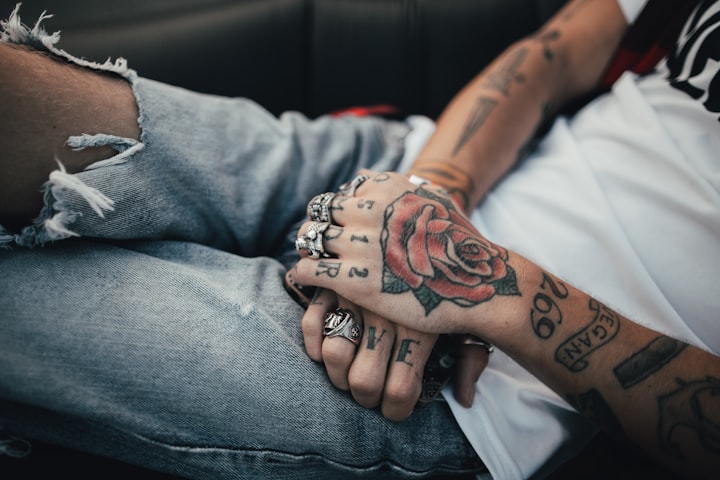Getting a tattoo is a thrilling experience that people look forward to for months or years. You can't wait to show off your first piece of body art and take pride in what it means or how it looks! It's something you'll love for years unless you don't know how to take care of it.
This is the complete guide to your first tattoo's aftercare so you can properly preserve the art you adore.
1. Keep the Bandage in Place
Covering up your tattoo is the last thing you'll want to do after leaving your favorite artist's shop, but it's a crucial part of your first tattoo's aftercare.
The ink stays permanently in your skin because the artist injects it into your dermis through the epidermis with a needle gun. Your epidermis has many microscopic holes and the needle widens those holes so they can absorb the ink.
Your tattoo will look like the design you requested, but if you saw it under a microscope, you'd see many tiny tears. You could bleed slightly while the artist creates the tattoo and even after they finish. They'll bandage the area before sending you home, so keep it in place for at least a few hours to allow the wounds to close.
2. Wash With Gentle Soap
Most artists recommend that clients wash their tattoos multiple times during that first day. You'll wash it once a day for a few weeks afterward as well. You should wash it every time you remove the bandage, preferably with unscented antibacterial soap. It wipes away any festering bacteria and promotes the healing process.
3. Prevent Any Infections
Infections are the most immediate threat to new tattoos. Bandages are the best way to keep germs from ruining your body art. Many tattoo artists will wrap your tattoo in a protective bandage that uses anti-inflammatory materials for maximum comfort and to lock out bacteria with a tight adhesive seal.
Waterproof products are also preferable so you can bathe without worrying about your tattoo.
Sometimes mistakes happen and tattoos get infected. If you experience any of these symptoms, contact your tattoo artist to see if you need a doctor's appointment:
- Fever
- Swelling
- Yellow or green pus
Using a bandage designed for tattoos makes infections less likely. Stock up on a few before your appointment so everything's waiting for you when you get home.
4. Avoid Scratching or Rubbing It
Your tattoo may begin to itch within 24 hours. It's tempting to scratch it, but you'll tear the microscopic wounds open and potentially ruin the art.
Whenever your tattoo itches, slap the area over the bandage. You can also get some minor relief by applying hydrating ointments during bandage replacements.
5. Prepare for Peeling
Skin heals itself by creating new cells and shedding whatever's damaged. It won't understand that your tattoo is there on purpose. It will only recognize the wounds and shed the epidermis cells hurt by the needle gun. You'll notice the area begin to peel a few days to a week after your appointment.
Peeling is normal and shouldn't cause concern. It may come off with some of the ink, but the rest of the ink will have sunk into deeper layers by that point. Your tattoo artist can check the area if you're concerned about reddened or irritated peeling.
6. Plan for a Touch-Up
Tattoo ink is permanent, but it isn't invincible. Direct sunlight and your natural skin cycle will make it fade over the years. Plan to schedule a touch-up once a year to restore the fine details and coloring.
Your preferred artist will recommend a different schedule as needed, depending on your tattoo's location. Art that remains underclothing is less likely to fade than ink on your fingers or hands.
Manage Your First Tattoo's Aftercare
Now that you've read the complete guide to your first tattoo's aftercare, you're ready to sit back and relax in your artist's chair. Expect to wash the area and apply fresh bandages often. If you avoid scratching the tattoo or exposing it to environmental bacteria, you'll keep the art intact and looking perfect.
This story was originally published here.
About the Creator
Dacey
Dacey is an explorer and blogger by heart♥️. Her concise articles provide valuable insights on top franchises, small businesses, the education industry, being health, and more.







Comments
There are no comments for this story
Be the first to respond and start the conversation.